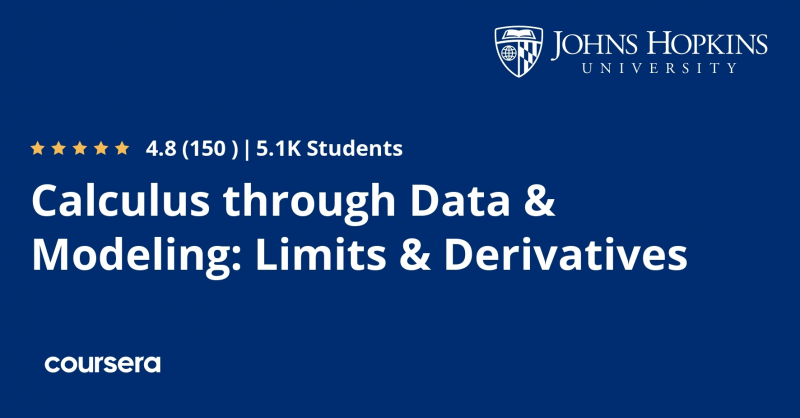Calculus through Data & Modeling: Limits & Derivatives
Calculus through Data and Modeling: Differentiation Rules extends the study of differentiable calculus by developing new rules for finding derivatives without directly using the limit definition. These differentiation rules will allow the derivatives of polynomials, rational functions, algebraic functions, exponential and logarithmic functions, trigonometric and inverse trigonometric functions to be calculated with relative ease. Once developed, these rules are used to solve problems involving rates of change and function approximation.
They will look at the derivatives of some important functions in this module, such as polynomials, exponentials, logarithms, and trigonometric functions. You will also learn differentiation rules that will assist you in more efficiently computing derivatives. Finally, they will apply the derivative concept to multivariable functions and learn how to find derivatives and rates of change on a space graph.
Trigonometric Function Derivatives: Before beginning this module, please review trigonometric functions, particularly their graphs. They will create formulas to find derivatives for the common trigonometric functions sine and cosine in this module. The derivatives for the remaining trigonometric functions are formulated in conjunction with the product and quotient rules. These new derivative formulas are then added to their catalog for use in solving rate-of-change problems.
Duration: Around 10 hours
Format: Fully online, on-demand
Google rating: 4.8/5.0
Enroll here: coursera.org/learn/calculus-through-data-and-modelling-imits-derivatives











